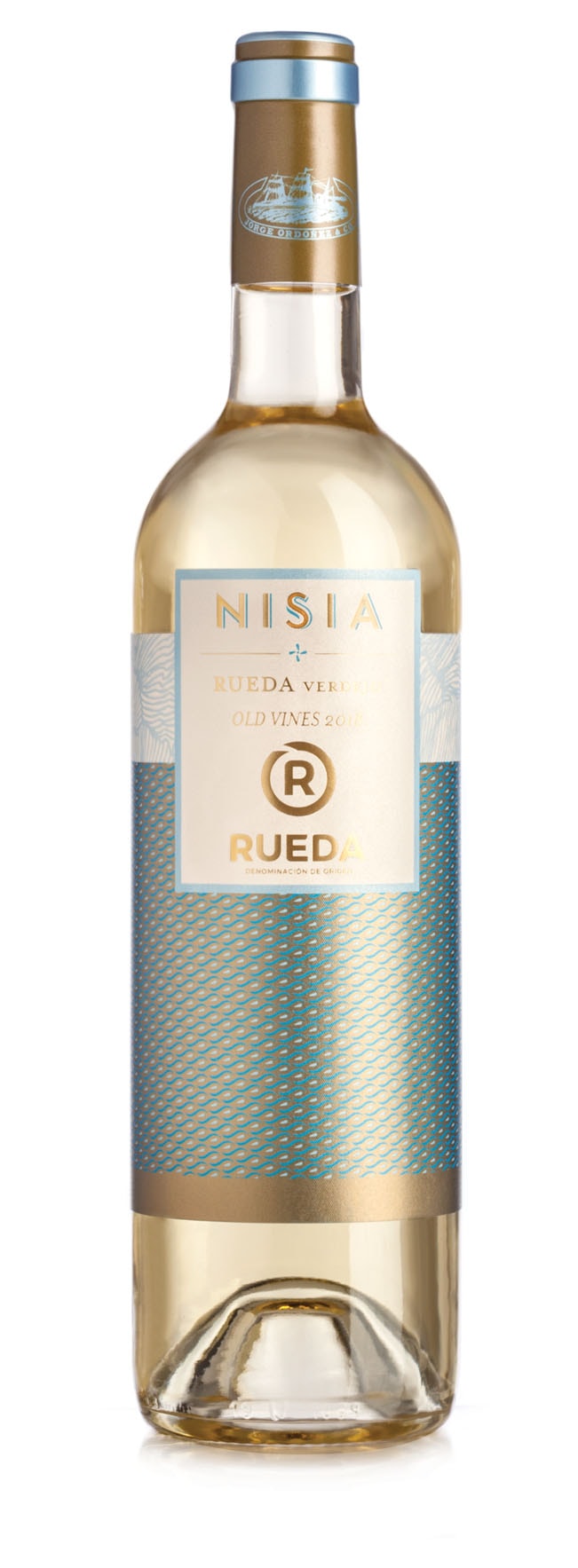Bodegas Vatan
Nisia




Downloads
Bottleshot - Nisia Sellsheet.pdf - Shelftalker-2018-Dunnuck.pdf - Shelftalker-2018-GuiaPenin.pdf - Shelftalker-2018-Suckling.pdf - Shelftalker-2018-Vinous.pdf - Shelftalker-2020-Suckling.pdf - Shelftalker-2020-Vinous.pdf - Shelftalker-2021-Dunnuck.pdf - Shelftalker-2021-GuiaPenin.pdf - Shelftalker-2021-Suckling.pdf - Shelftalker-2022-Suckling.pdf - Shelftalker-2022-Vinous.pdf - WineEnthusiast Sorecard:2022Nisia.pdf2023 Vintage
93pts

2022 Vintage
90pts

2022 Vintage
91pts

Denominacion de Origen
D.O. Rueda
Location
Santiuste de San Juan Bautista, Codorniz, and Aldeanueva del Codonal and Rueda. These areas are all located in the province of Segovia, in the southeastern most subzone of D.O. Rueda, which is the highest altitude zone with poor sandy soils resisted phylloxera. One vineyard site planted in Rueda.
Varietal
100% Verdejo
Vineyards
Collection of vineyard sights including 5 plots in Codorniz planted between 1900 - 1941 averaging .55 Ha., 8 in Santiuste de San Juan Bautista planted between 1918-1956 averaging .64 Ha., and 3 in Aldeanueva del Codonal planted from 1930-1956 averaging .58 Ha., 1 in Rueda of 3.5 Ha. planted in 1988.
Year(s) Planted
1900-1988
Viticulture
Traditional dry farmed viticulture. Goblet trained vines (vaso system), organic practicing. Cultivated completely by hand. Most of the vines used for Nisia are ungrafted, as this part of D.O Rueda is phylloxera resistant, due to the sandy soils.
Soils
Extremely poor alluvial sandy soils from ancient riverbeds, with the presence of river stones.
Climate
Extreme continental. Due to the altitude, the highest in the appellation, there are drastic temperature fluctuations between day and night.
Winemaking
The grapes are rigorously sorted and destemmed prior to being pressed in a pneumatic press. The must is clarified (cleaned) by cold settling in a stainless-steel tank between 24-48 hours with temperatures around 6-10 degrees Celsius. Once clean, the wine is moved to 500L & 600L puncheons and demi-muids purchased between 2016 and 20 and fermented. Primary fermentation lasts approximately 6-10 days.
Aging
While aging varies based on vintage, Nisia is always aged on the lees with battonage for a minimum of 5 months in French oak puncheons and demi-muids (500-600 L barrels, respectively).
Comments
Nisia is a wine produced with mostly ungrafted vineyards of Verdejo planted in the southeastern subzone of D.O. Rueda, the only part of the appellation that completely resisted phylloxera due to the sandy quality of the soils. The philosophy of the winery is to produce authentic Verdejo the old-fashioned way, by working with traditional vineyard sites and using old school winemaking techniques.